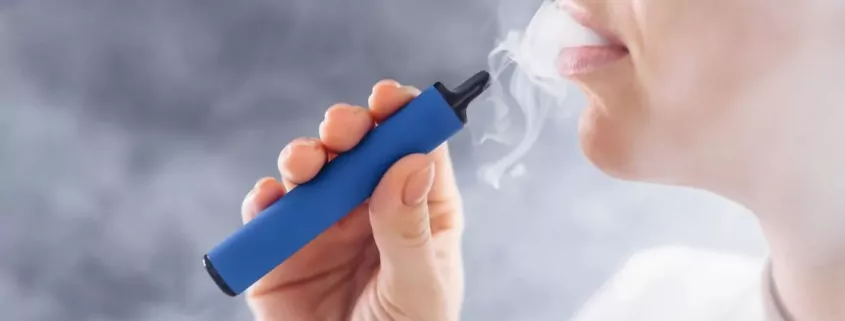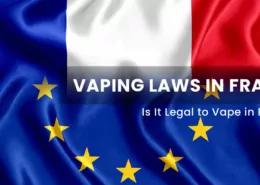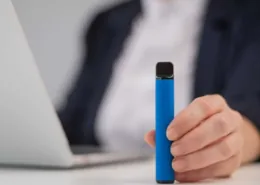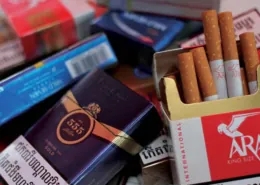9 Out of 10 Smokers Quit or Reduce Smoking Through Vaping in Spain
A recent study conducted by the Union of Promoters and Entrepreneurs of Vaping (UPEV) and Sigma Dos reveals that vaping has helped 90% of users either quit traditional tobacco or significantly reduce their consumption. The report, titled ‘Habit and Use of Electronic Cigarettes,’ surveyed vapers across four Spanish cities—Madrid, Barcelona, Valencia, and Seville. It also found that 70% of ex-smokers who vape report improved health and feel motivated to quit nicotine entirely.
The primary reasons for switching to vaping include the perception of reduced harm compared to traditional cigarettes (94.5%) and the goal of quitting smoking (75%). Arturo Ribes, President of UPEV, emphasizes: “The electronic cigarette is a valid tool to quit smoking. Vapers, with or without nicotine, improve users’ daily lives.”
Scientific Backing for Vaping as a Harm Reduction Tool
The study aligns with global research showing that vaping is less harmful than traditional tobacco. Countries like the UK and Sweden have embraced vaping and nicotine pouches as alternatives for smokers seeking to quit. However, Spain’s Ministry of Health has proposed banning flavored vaping liquids under Royal Decree 579/2017, citing concerns about youth appeal and smoking rates.
UPEV argues that this approach is misguided. The study data shows that 77.5% of vapers were already smokers before switching to vaping. José Luis Rojo, Research Director at Sigma Dos, explains: “Banning all flavors except tobacco is counterproductive. Smokers trying to quit don’t want the same taste they’re trying to escape.”
Flavored Liquids: A Key to Quitting Smoking
Fruit flavors, the most popular among vapers (used by 62%), have played a crucial role in helping 71% of users quit or reduce smoking. If the ban on flavored liquids is implemented, 42.5% of vapers say they would seek alternatives through unregulated channels, potentially fueling a black market. “This would undermine public health efforts and create safety risks,” warns Ribes.
Calls for Regulation, Not Prohibition
UPEV advocates for stricter regulation of sales points, particularly for disposable vapes, which are often imported from outside the EU and sold in unauthorized locations like food stores and bazaars. Restricting sales to specialized vape shops and tobacconists (of which there are 12,000 in Spain) would limit minors’ access while preserving adult smokers’ access to harm reduction tools.
“The focus should be on regulating disposable vapes and their sales channels, not banning flavors or hindering a regulated industry,” says Ribes. The majority of vapers (64%) support this approach, with 97.7% purchasing their devices from specialized shops.
Profile of the Average Spanish Vaper
The study outlines the typical vaper in Spain: a man aged 26-44, with secondary or higher education, and a former smoker. Most vapers use rechargeable devices with fruity flavors and have been vaping for over three years. Rosa Díaz, General Manager of Sigma Dos, concludes: “This data provides valuable insights into vaping habits and motivations, contributing to the public debate on harm reduction.”
- Juul Labs Files New Patent Infringement Lawsuits Against NJOY and Altria - August 11, 2025
- Fumot Mate Pod Kit Review: 10,000 Puffs & TPD Legal? - August 10, 2025
- UK Vape Tax Could Push E-Liquid Prices to £40 a Bottle - August 10, 2025









